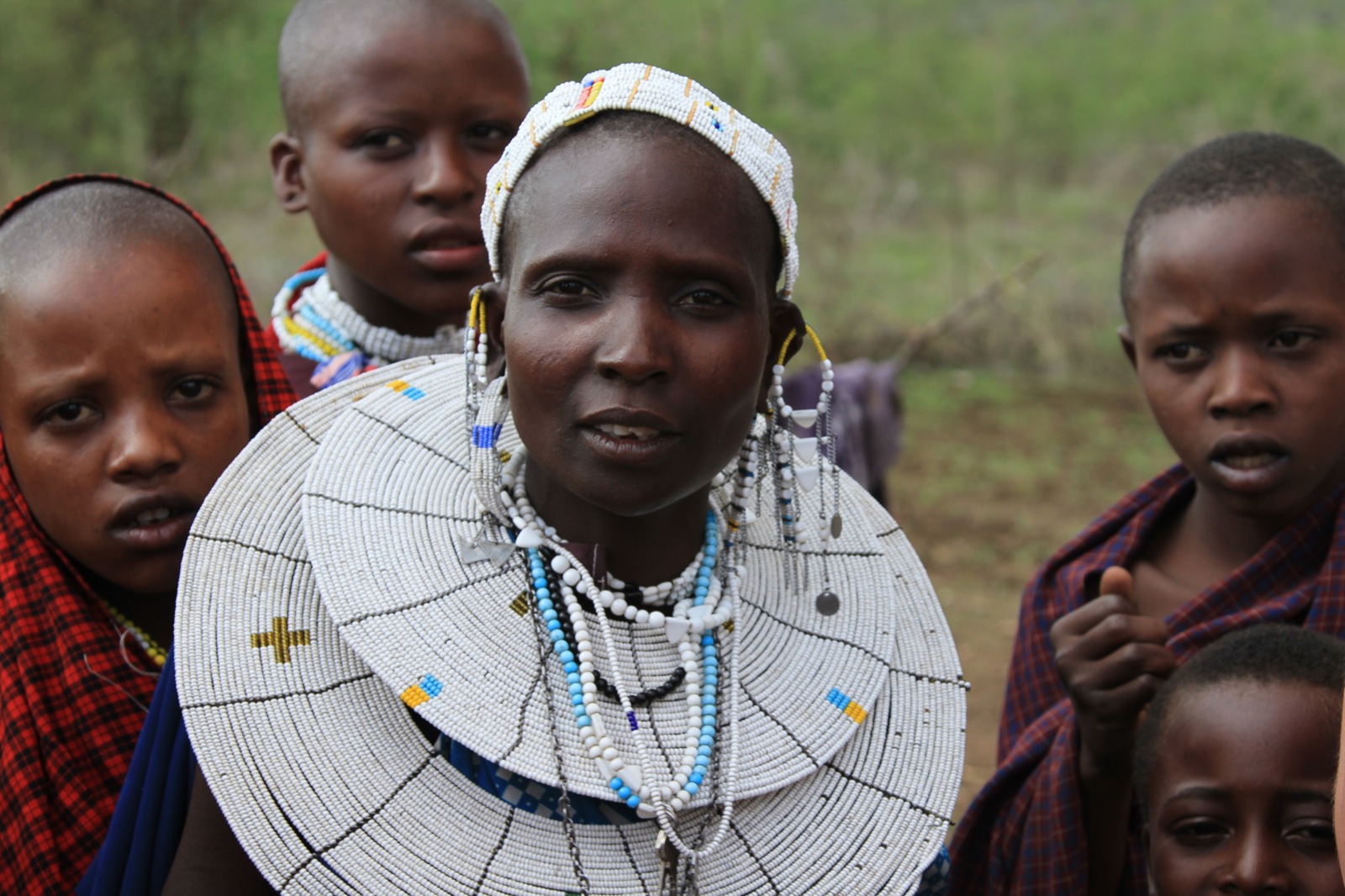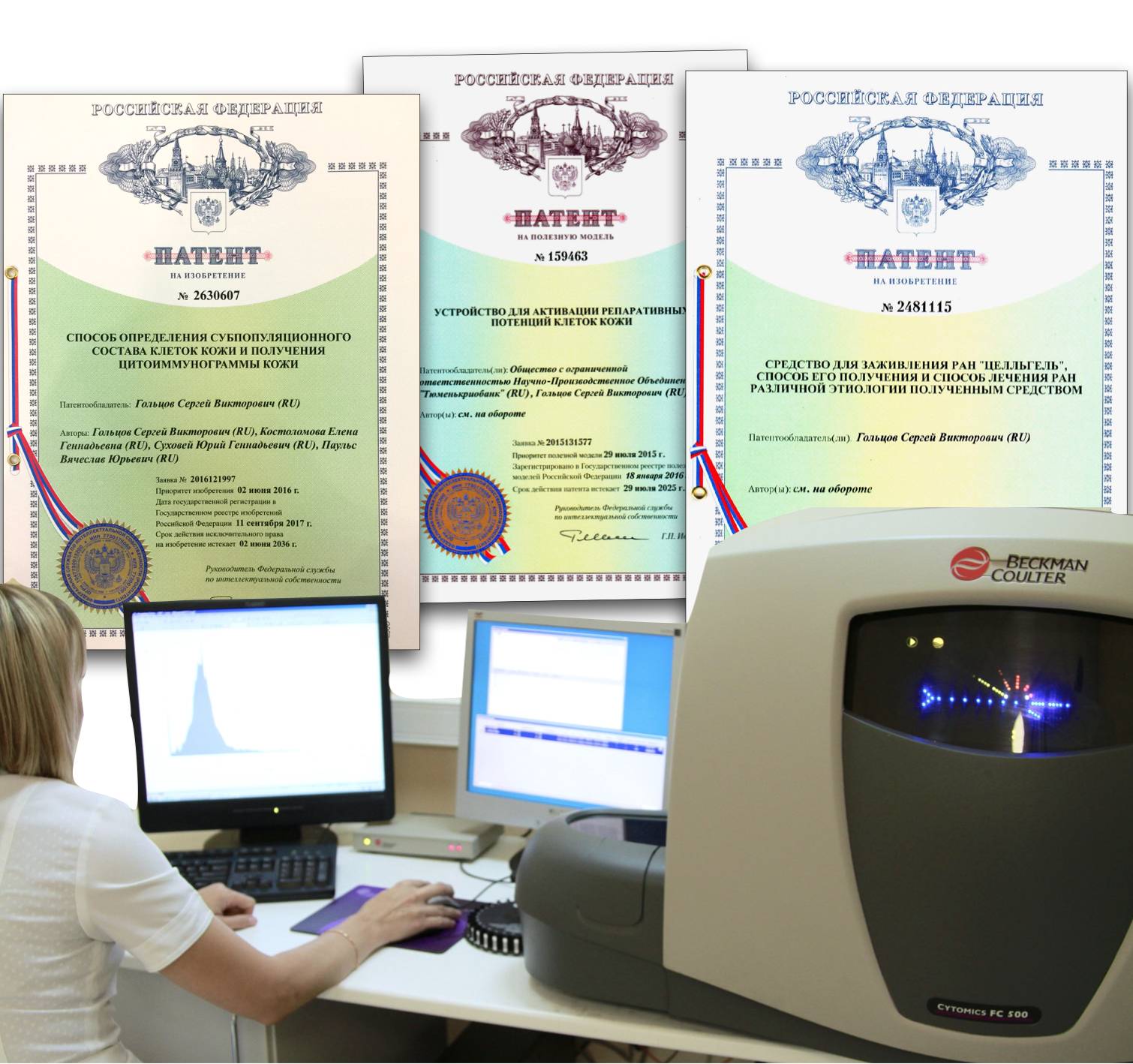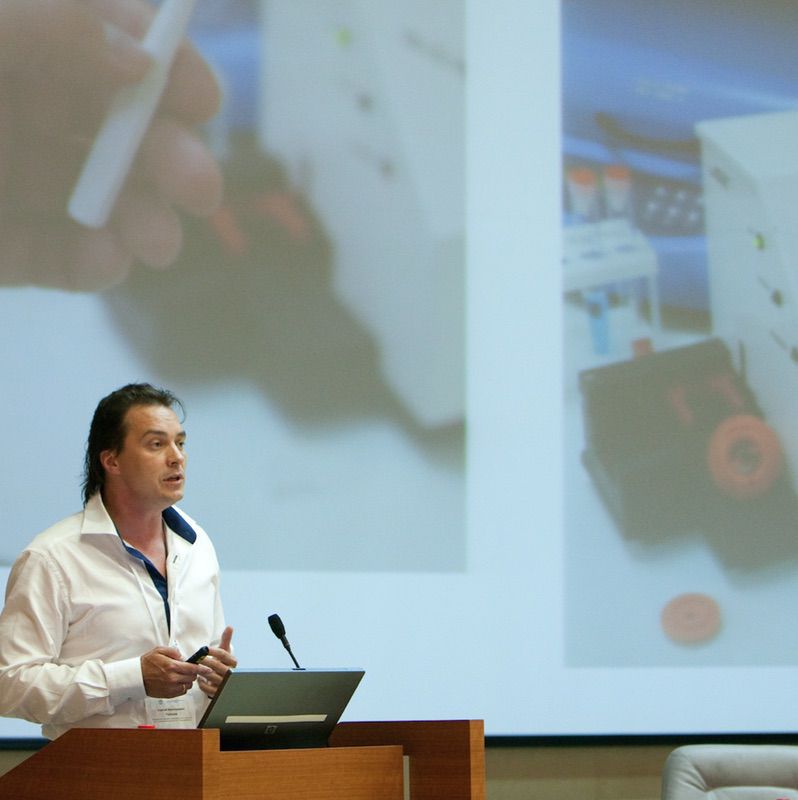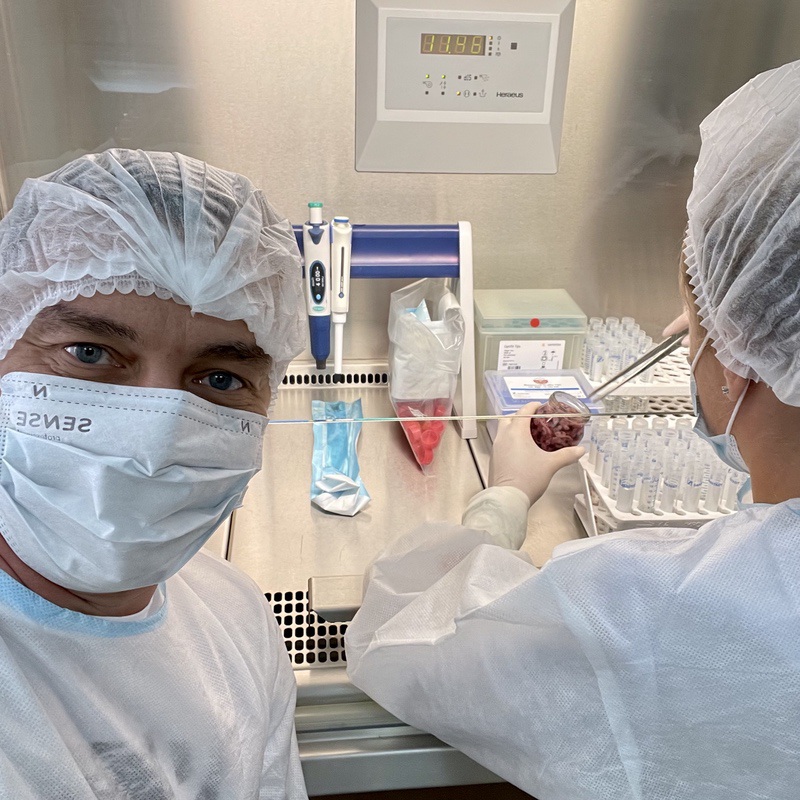It is no mere chance that everyone who visited Africa finds something for him/her. It is common knowledge that Africa is the cradle of mankind. The most ancient remains of the human who had lived on Earth were discovered in the north of Tanzania, in Olduvai Gorge.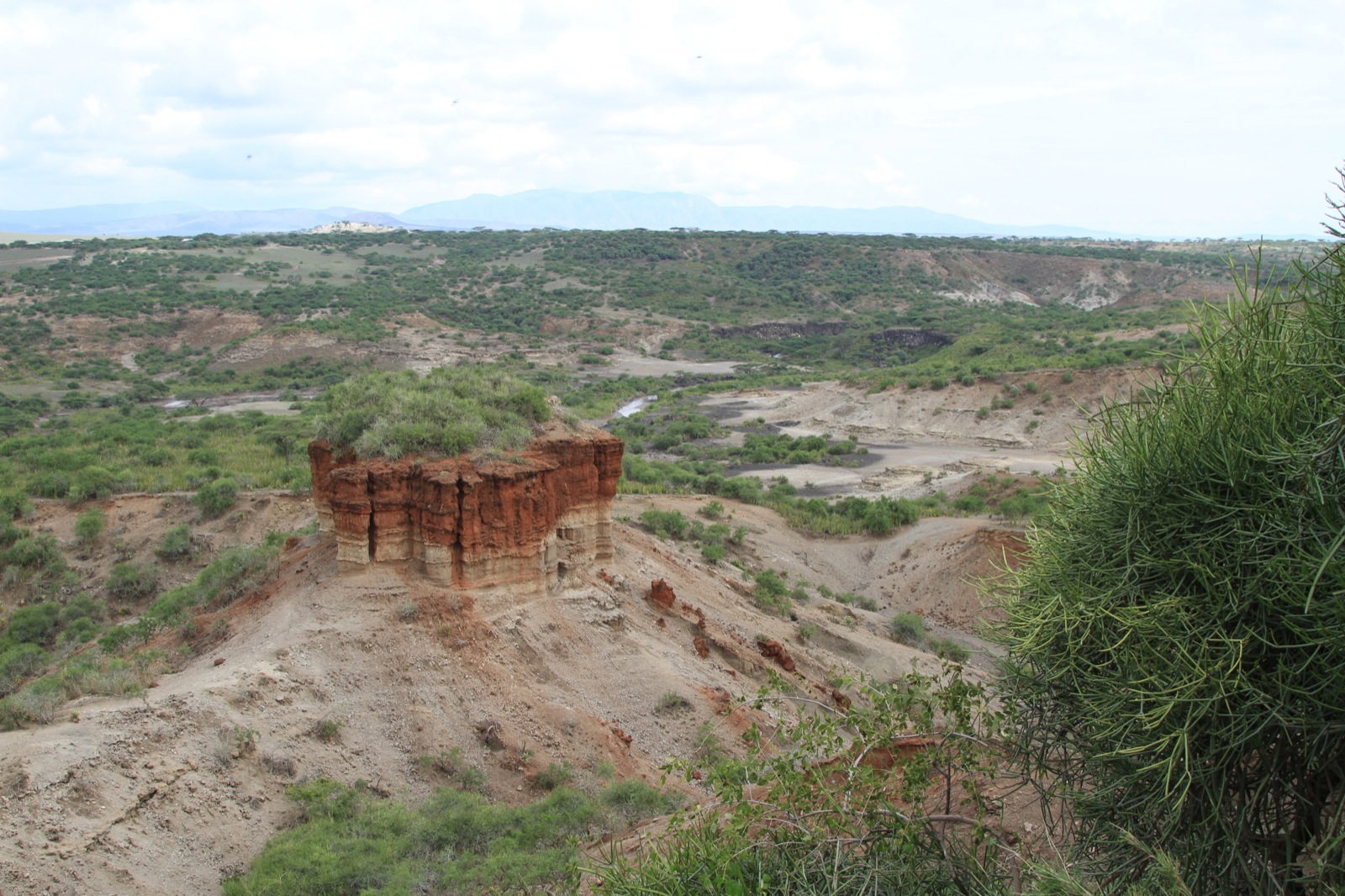
When I went on a long-term ethnographic expedition as a doctor and carried out my professional tasks I saw Africa through the scientist’s eyes.
It seemed to me that all the original knowledge of the mankind which we rediscovered for ourselves was concentrated there. To be clear I’d like to add that the way was not that easy but it contributed to our emotions and the feeling of being a traveller.
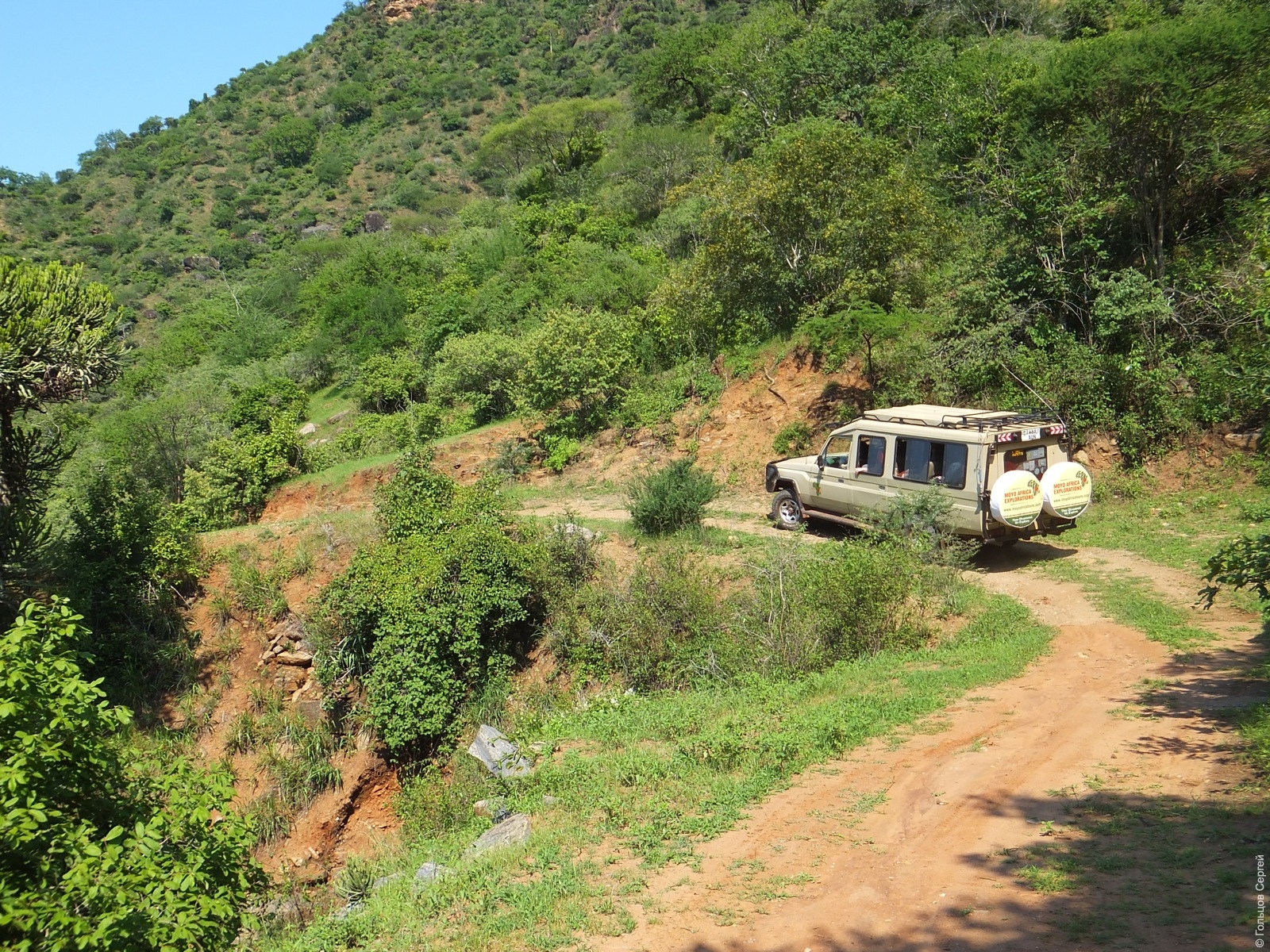
The sunny weather was being changed for the rainy weather and a more or less standard road – for savannah
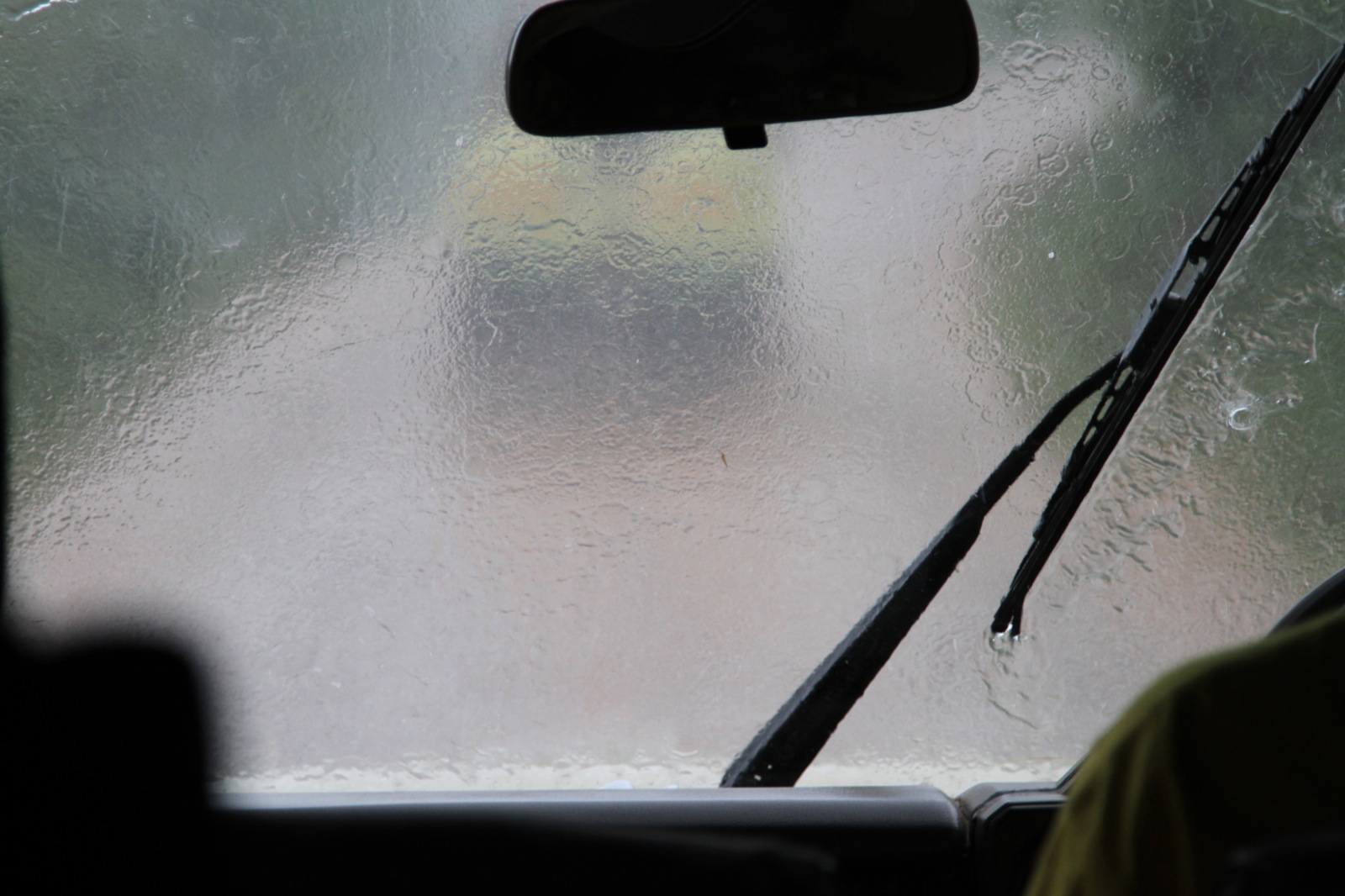
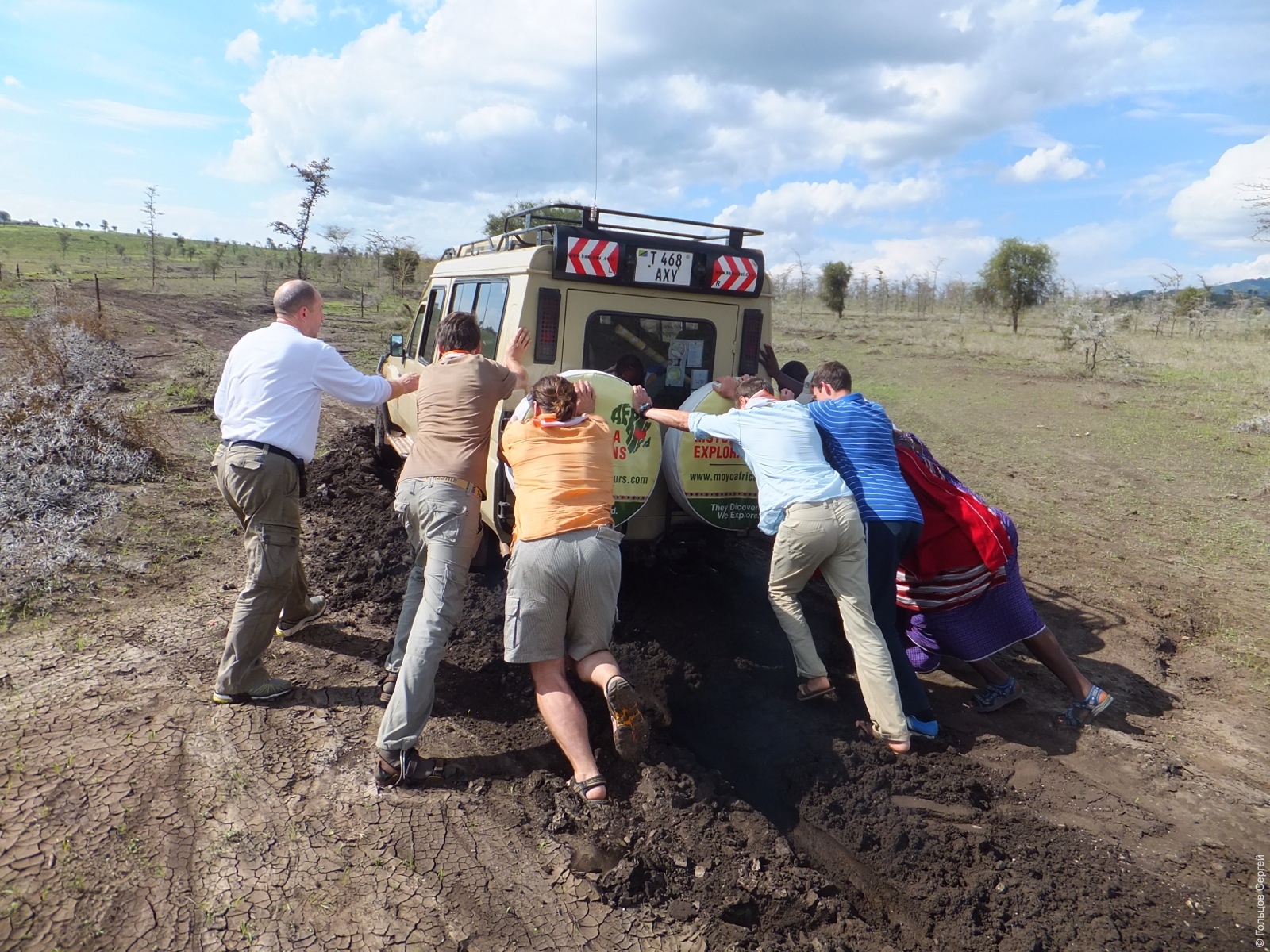
During the expedition I drew some parallels between the job I did as the head of the Tyumen cryobank and the things I saw on the African continent. I’ll tell you a few words about the cryobank and the purpose of its establishment. There are ten licensed cryobanks in Russia and one of them is in Tyumen. It is pleasant to realize that we keep up with the times considering the importance of the facility to be opened in Tyumen.
This year Tyumencryobank has obtained the license for the stem cells preservation and banking. The stem cells were discovered less than 100 years ago but today they have been given great weight to. It is well-known that people throughout the entire world try to use the stem cells to treat various diseases, skin defects, brain hemorrhages, disseminated sclerosis, spine injuries and the diseases which are considered incurable nowadays. Currently the experiments held on animals and volunteers in England and in the USA are the best evidence of the fact that the stem cell really stores a great number of biological components capable of restoring the human organism.
Actually it is quite simple: the stem cells are contained in the blood of the cord which is considered Class-B waste in all the maternity hospitals and which is usually burnt without remorse. It should be noted that the stem cells most benefit to those people whose cells were taken at birth. There is some experience in using the stem cells and the embryo cells for the treatment of other people but they still give the best results when they are applied to those people who they were taken from. And here we face an urgent issue of the stem cells banking in order to use them in future as such a need arises.
It may seem strange to you that there is much in common between the cryobank, the stem cells and such tribes as Datoga, Masai and Barabaig. These tribes are very ancient and they have preserved the greatest value through many centuries – that is knowledge.
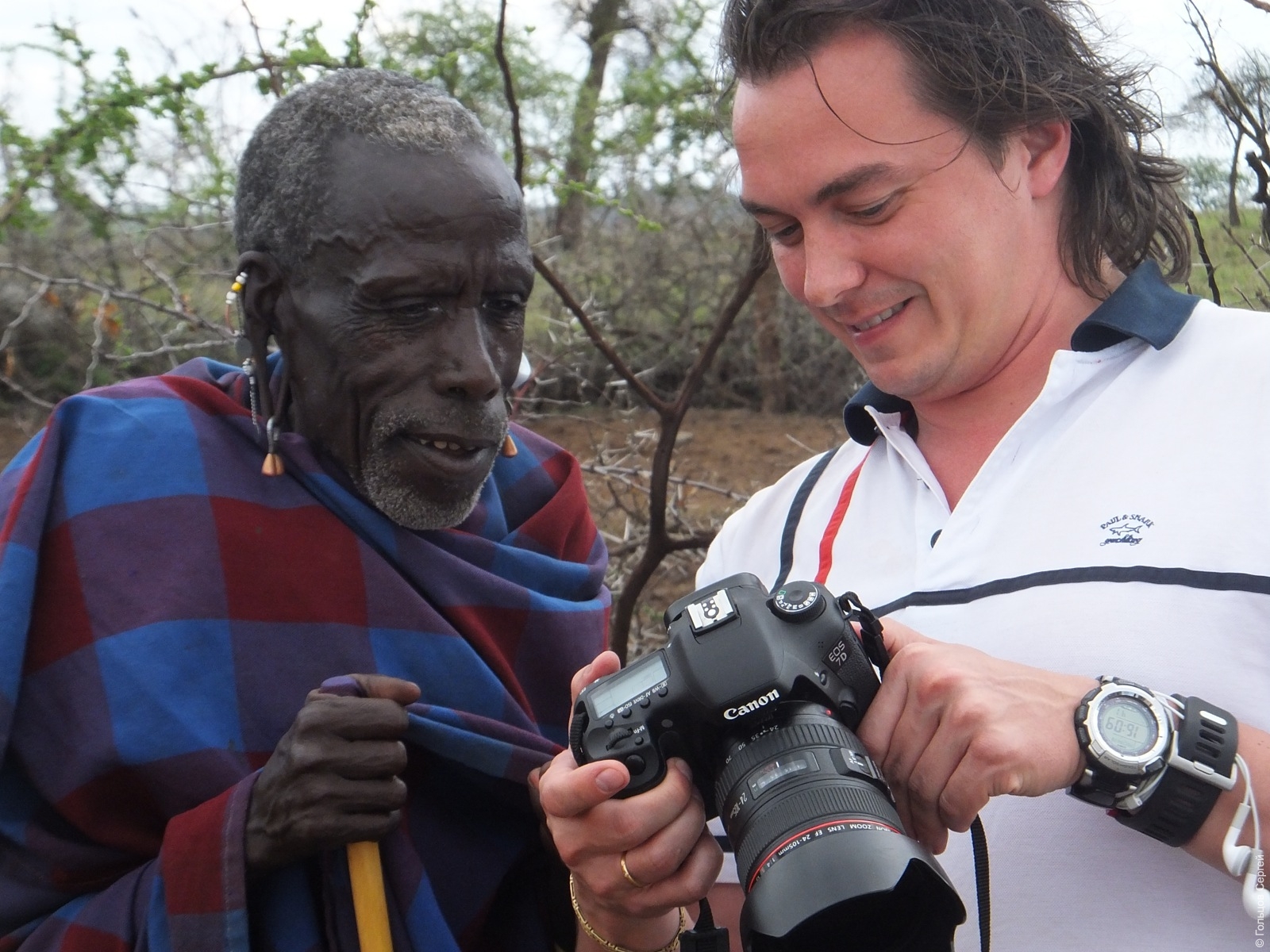
With all their apparent underdevelopment – they are astonished at mirrors and are unaware of the camera, to say nothing of the Internet – at the same time the Datoga people, unlike us, are strongly convinced that the knowledge is the greatest value on Earth. If you ask one of us nine people out of ten will start listing the things which are the most important for them: money, real estate and social status. And only the people of the old school who read a lot will tell you that anyway the greatest value is knowledge. And what is more interesting, the African tribes preserve this knowledge, hand it down from generation to generation and enrich it thus providing continuous development of their culture through the centuries.
To my surprise the healers (acting as doctors in the tribes) know what to do with the cord after the baby’s birth. Having no idea of the stem cells they are nevertheless aware of their unique capabilities of restoring the human organism, of recovering and improving the immune system.
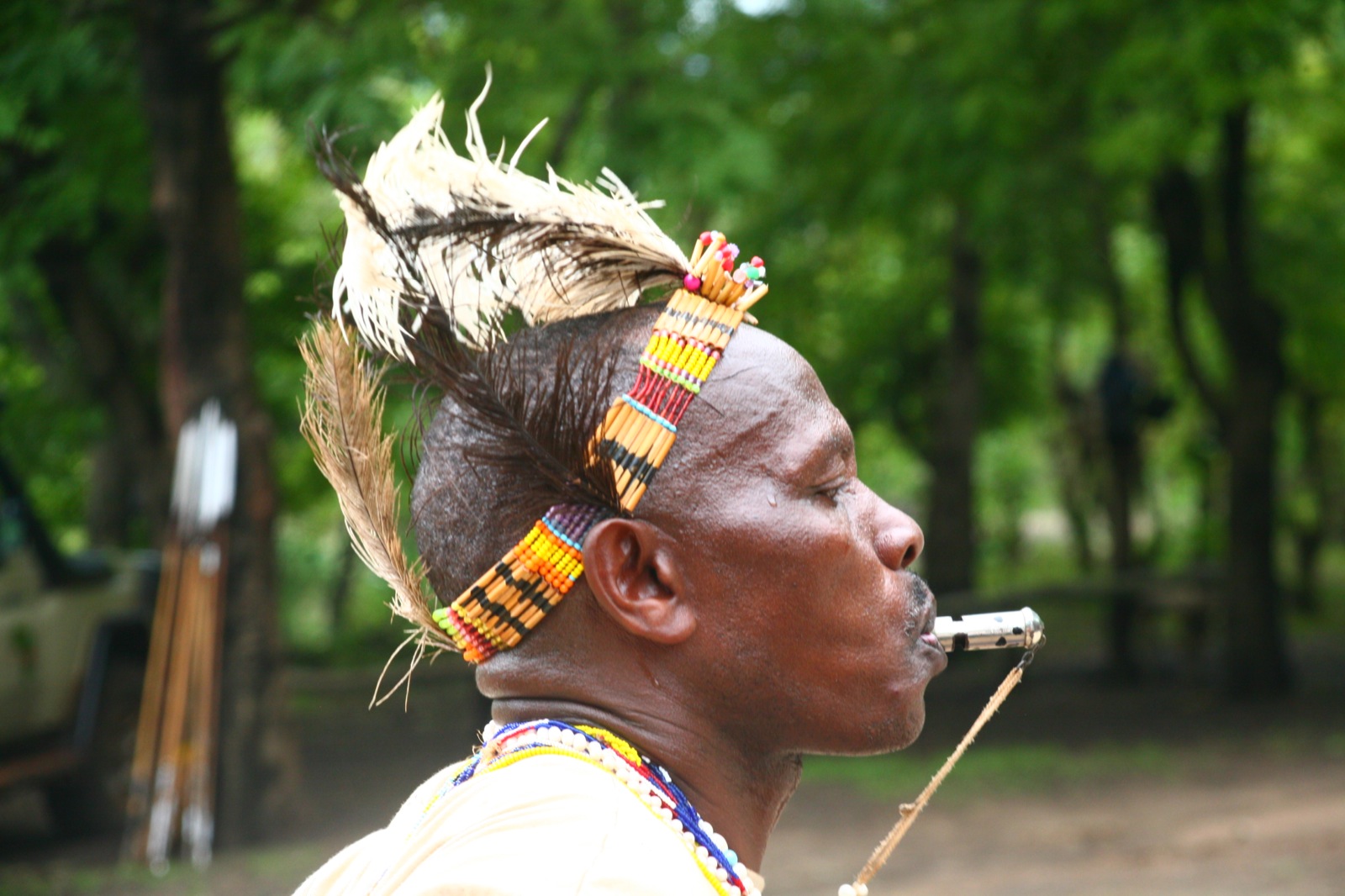
After the baby’s birth the doctors leave a cord’s shoot of 5-7 cm long till it dries up and drops off. The cord itself is not burnt, it is treated carefully as something sacred. Sime tribes dry it up, others make strings out of it and when growing up they weave the dried cord into their clothes and hair and attach it to their dwellings. They believe that it gives them some magic power. Our peoples of the North treat the cord with no less care.
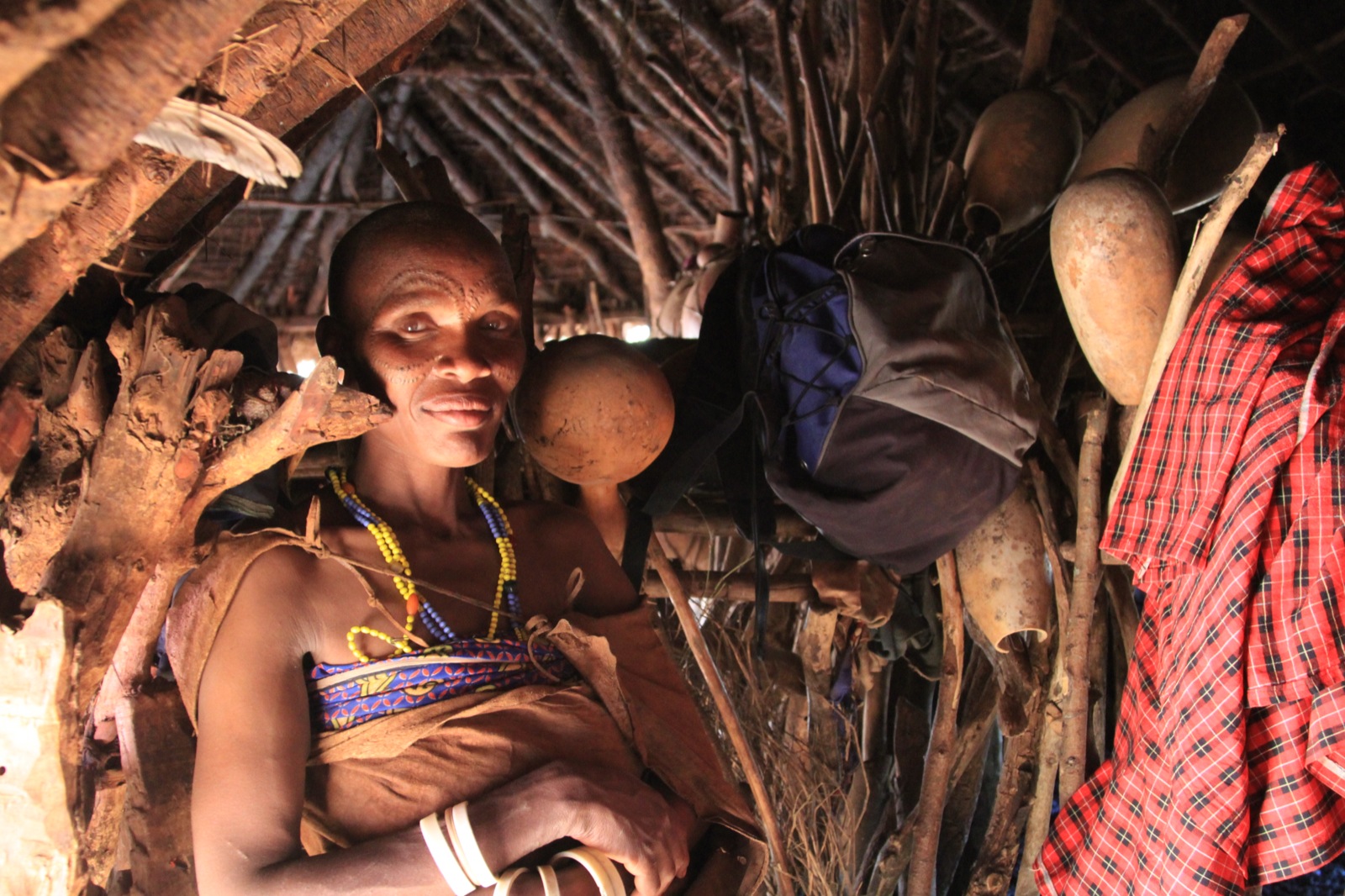
It is quite interesting that the Khanty and the Mansi people use the cord nearly the same way after the childbirth. Theyputthecordintothebirchbarkcradle. Old birchbark is used for making baby cradles as well as cord containers. In the Khanty language it is called “puklem savum” (пуклемсавум) and in the Mansi language – “nyavren sam” (нявренсам). The Khanty and the Mansi people think that a baby is possessed by the evil spirits until the rest of the cord dries up and drops off by itself.
As a scientist I was impressed by these traditions. In fact, in the cryobank we did a research using the stem cells from the cord blood after getting approval of the ethics committee and in compliance with all the formal licensing procedures, of course. Well, after the stem cells dry up a substance is formed on their surface. This substance possesses the most profound anti-inflammatory, anti-bacterial and reparative (regenerative) effect. Andthisisayearafterdryingup!
Being in Africa I understood that the aboriginal tribes having neither special knowledge about the cellular technologies nor expensive equipment to study the stem cells had come to the same knowledge long before us due to their gradual development, their ability to borrow from and to watch Nature.
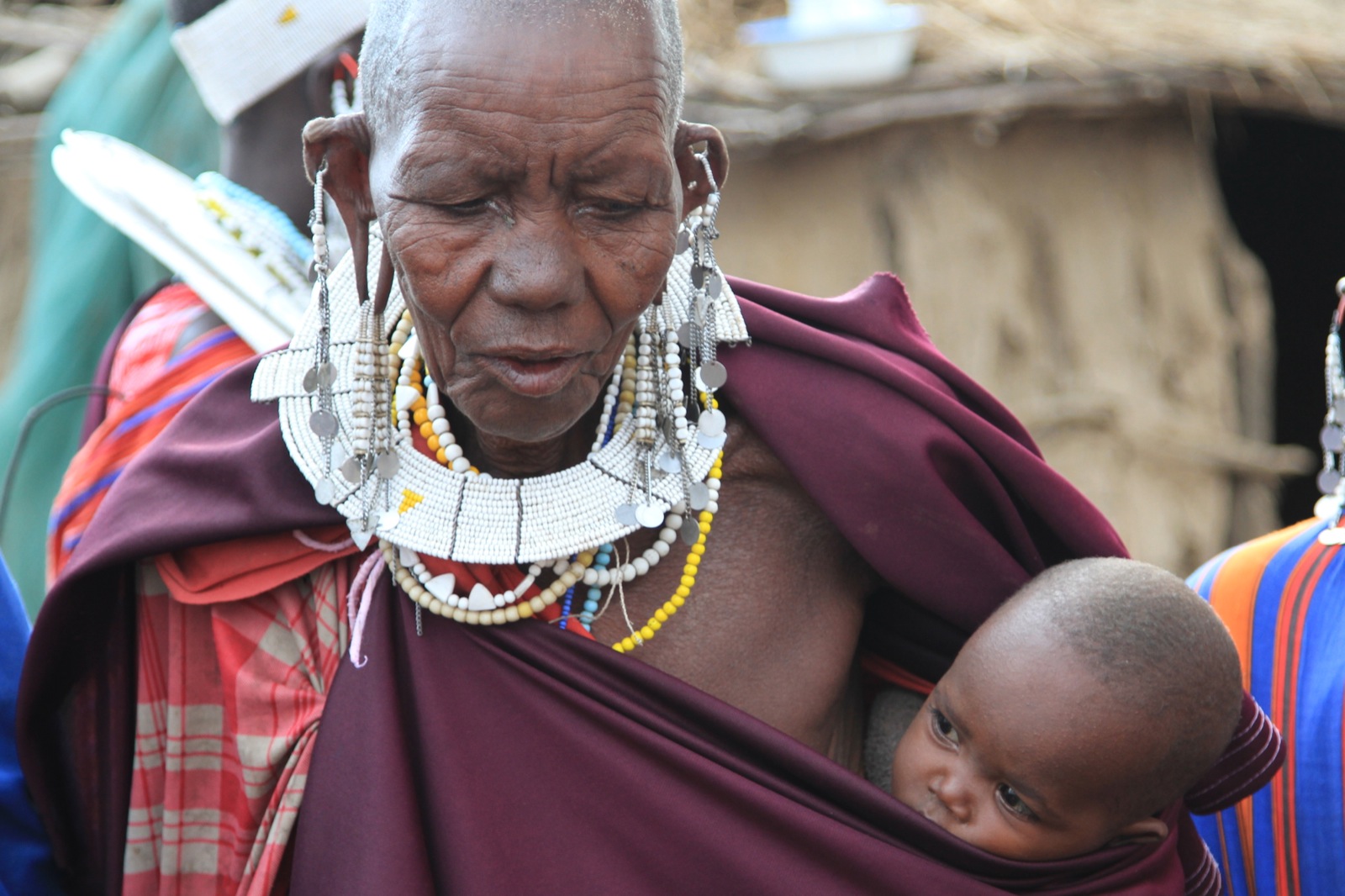
We and the Africans have different living conditions and different environment around us. But the original basis is nearly identical to the one of the African people, the Nenets, the Khanty, the Masai and the Datoga people if we mean such values as the childbirth, the role of a woman, the attitude to the livestock which is no less important than the cord. It will be difficult for us to understand it right when a wife is happy as her husband calls her.. ananimal. A woman from the Masai tribe will take it as a great compliment equal to the expression of love. The Africans do not build farms, they live according to the principle of sufficiency and they know on some subconscious level how much they need from nature. In contrast to us they take nothing extra from nature.
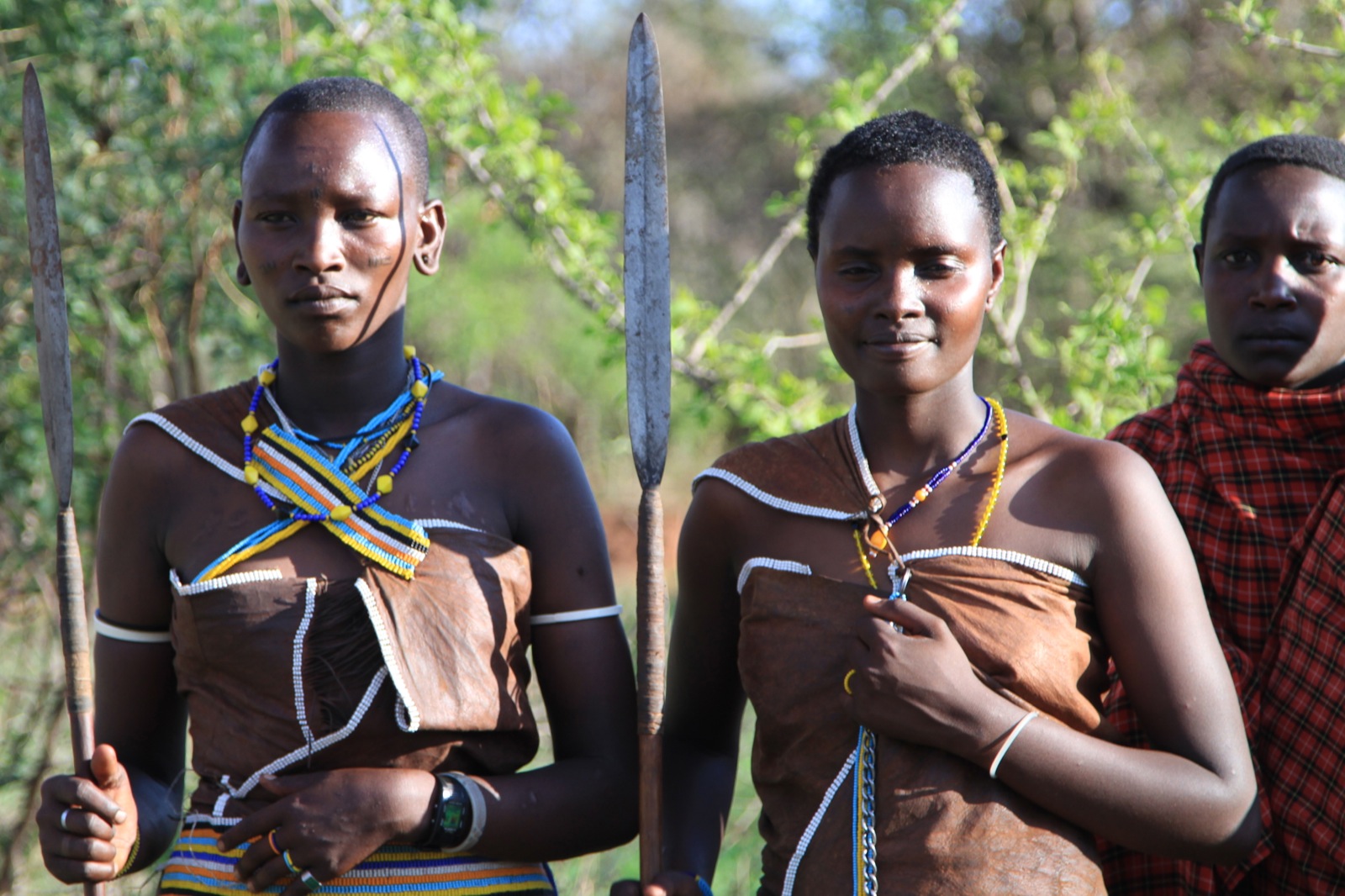
Their diet surprised me as a doctor. The Masai people feed on the livestock blood mixing it with cow milk or rarely goat milk. Just like our Khanty people they eat raw meat. The way they prepare meat is quite interesting: they do not roast or boil it, they hang it to the roof and dry it. There is one more parallel to our indigenous people of the North! More often the Masai drink the livestock fresh blood.

There are two ways for it: during theslaughter of livestock or when the artery of a live animal is cut in the definite place on the leg. They quickly mix the blood with milk and drink it applying some dung to the wound. Andthelivestockliveson. We get the sheep’s red blood cells for our laboratory research just the same way. From the scientific point of view consuming blood is quite explainable: it is a vital protein complement which fortifies the immune system and launches definite processes in the organism aimed at restoration of damaged tissues and internals and getting rid of mutations which happen in the organism every single moment and can result in cancer and other diseases. This may be the reason why the Masai people who drink fresh blood live 90 years.

It should be noted that drinking fresh blood is an ancient culture for the Africans which has been handed down from generation to generation. If we change our diet completely we will do more harm than good. We have our own culture of food consumption, the particular balance of proteins, fats and carbohydrates and the change of the diet, especially the dramatic change, can involve some troubles.
The weirdest thing is that when an adult from the Masai or the Datoga tribe falls ill, what does a healer do except for beating a tambourine and singing songs to chase the evil spirits away? You won’t believe me but he goes to the place where the cord of an ill man was hidden after his birth. He is the only one to know where it was hidden and what to do with it to ease the man’s sufferings. He hands down his knowledge mostly to his children from generation to generation. That is the value of the healer who takes care of the tribesmen’s health.

The healer takes the cord and placenta dried over the years and mix it – what do you think with? – with milk! In this case the milk acts as a bio-polymer. You may not believe but long before the expedition we had made the medication for the treatment of bed-sores – Cellgel.
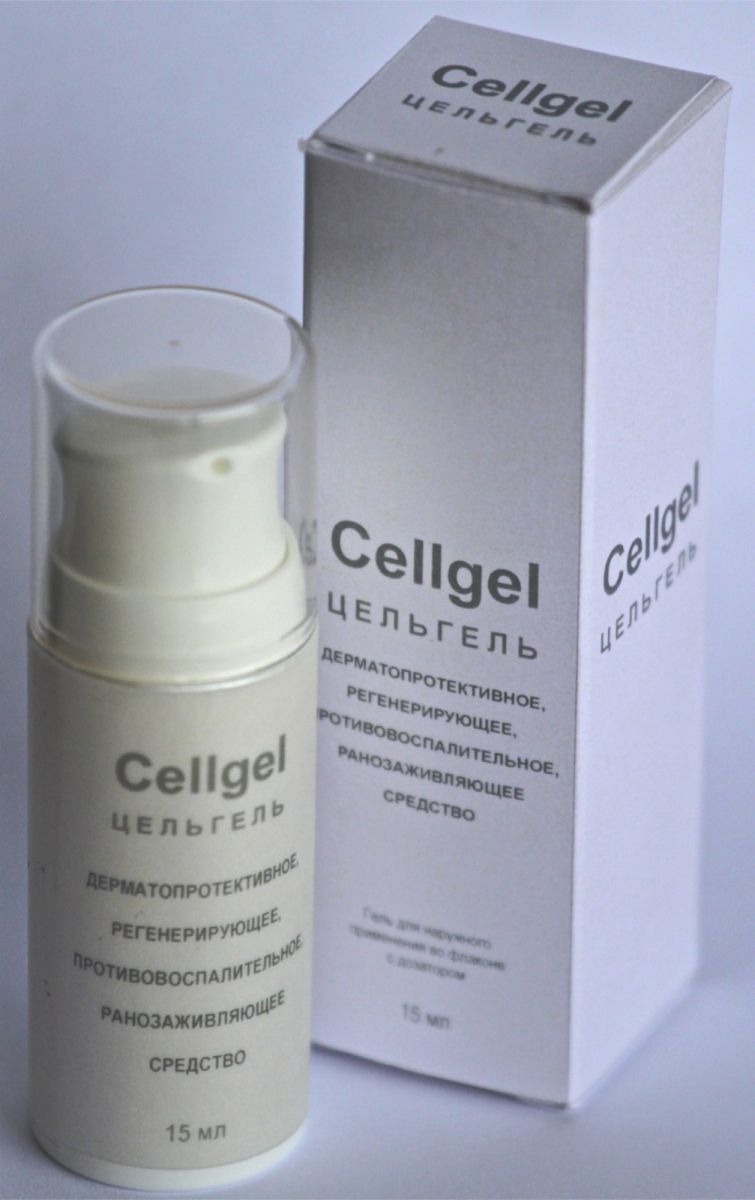
It is ALSO based on the two main components: the stem cells of an animal and a bio-polymer - carboxymethyl cellulose on which this stem cell is fixed as on matrix for its stable condition. Some time ago it was one of the discoveries of our cryobank. So, the healer takes the milk (bio-polymer) and dissolves the dried cord in it, thus fixing the active agents necessary for the organism. And it appears that this remedy is quite effective otherwise the healer wouldn't be the healer. The things I saw there strengthened my faith in what we (the Cryobank’s team) do nowadays and gave me an opportunity to look at the cellular technologies studies from a different perspective, from the perspective of nature.
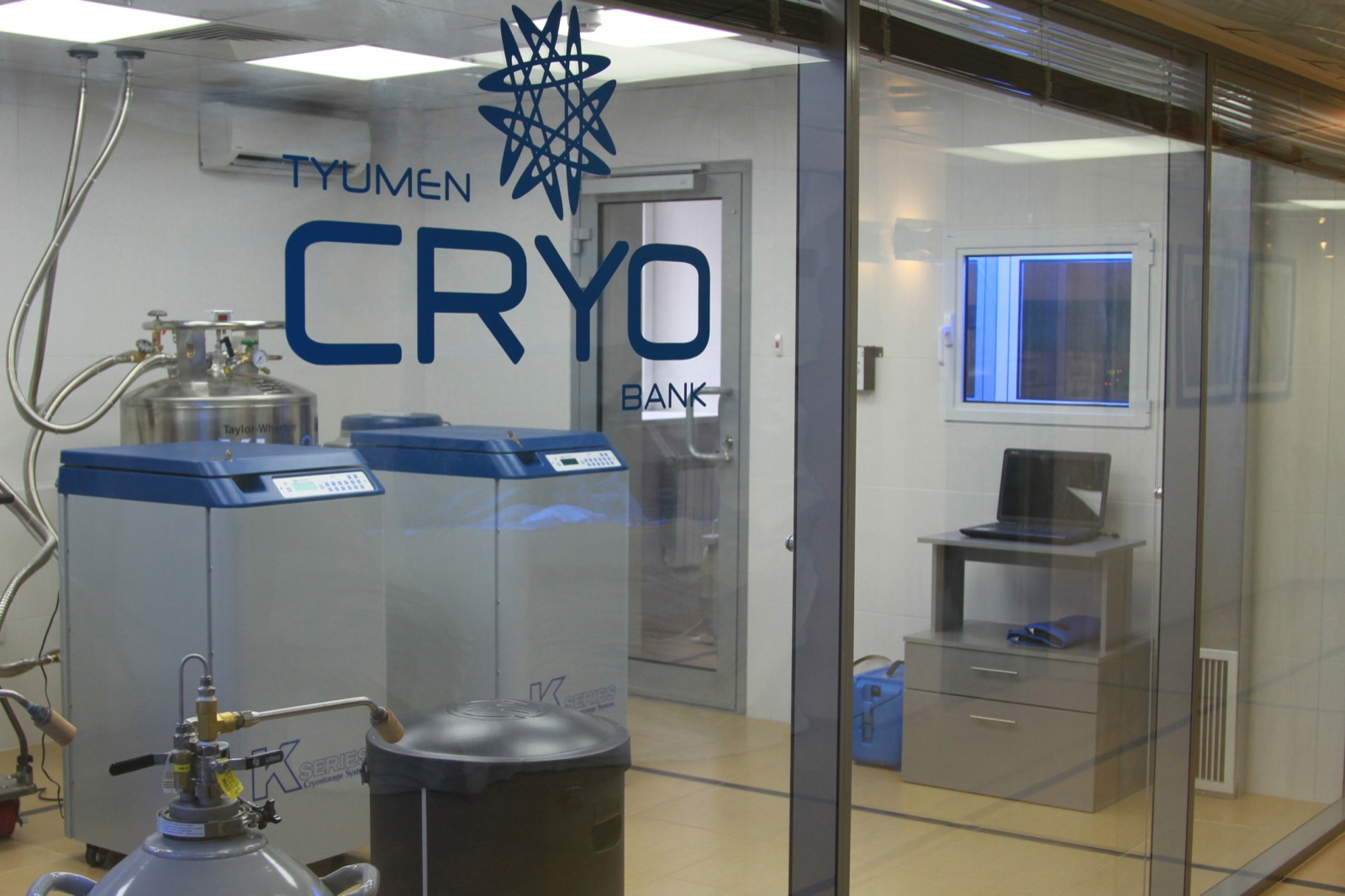
And I think that during the next expedition the African continent will let me reveal that mystery which the nature carefully hides from human eyes, microscopes and other technical methods of research. I’m convinced that Africa has a lot of secrets which the mankind will have to uncover for a long period of time. There is good reason that it is Africa which has always attracted big political personalities and powerful state leaders. Africa was of great interest for Napoleon, Hitler and Roman emperors. You will note that they were not interested in China but in Africa, although we all know it perfectly well that the Chinese invented the written language 5 thousand years ago. It must be connected with the fact that Africa represents some kind of a knowledge store. Not of treasures or resources which some countries possess and which are the reason for conflicts but the store of cultural values. That is why you can explore your own Africa throughout all your life.
As to Tyumencryobank, this year on the 25th of April it will open as the development and production facility and the stem cells bank. Opening of the cryobank in Tyumen is not accidental. The government of the Tyumen region has provided all the conditions to pursue science. Thescienceisanexpensiveandrarelyprofitableoccupation. And besides the science has always been subsidized and has developed due to philanthropists. Nowadays it develops due to the venture investment which may earn profit or may prove unsuccessful. But anyway it means getting new knowledge and this is the objective.
Today all the conditions have been established to let such businessmen and philanthropists as Pavel Mitrofanov carry out venture investment projects, believe in these technologies and appropriate funds for research to such scientists as Professor Yuri Sukhovey and our team of young specialists – cell biologists, immunologists and dermatologists. The funds make it possible to buy expensive equipment, work with biological material and prepare the ground for new discoveries.
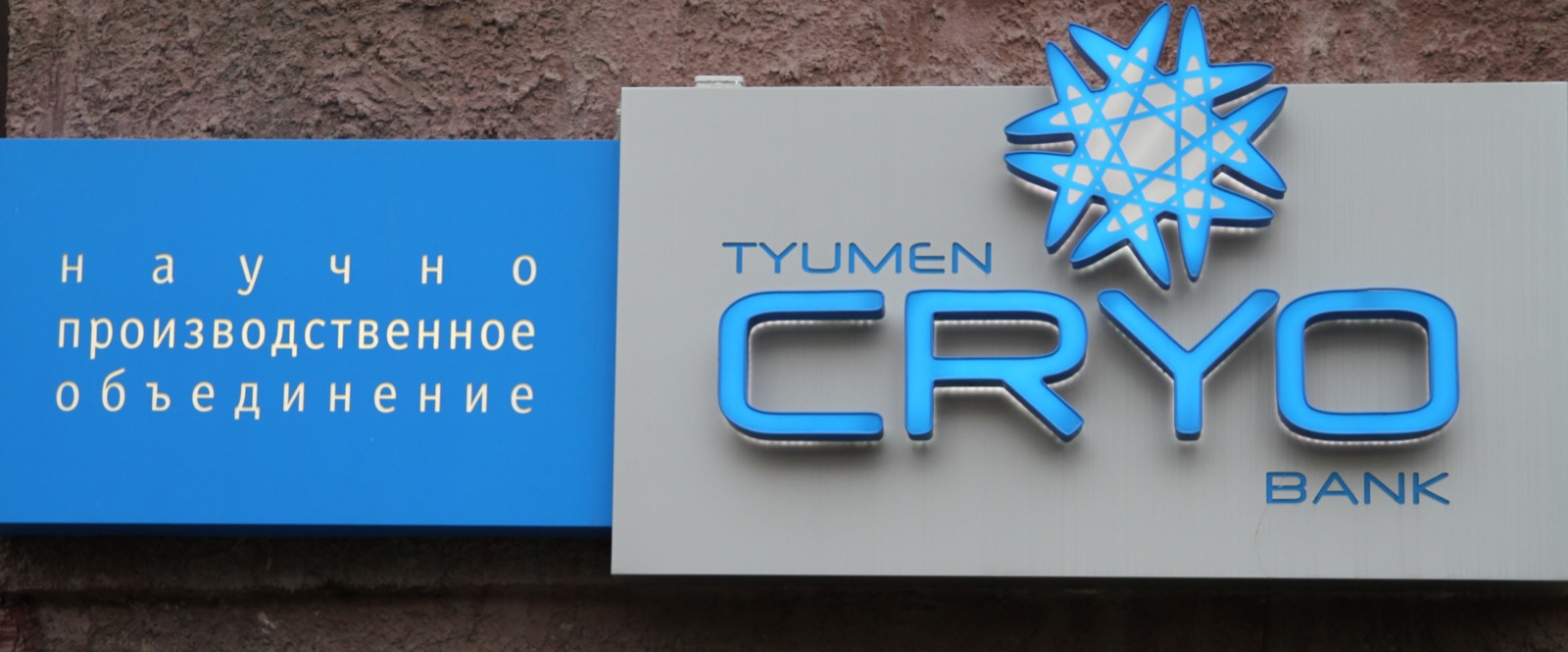
Actually, Cryobank is a controlled high-technology low-temperature cold store. The matter is that the living tissue be it an organ, a muscle or a skin functions in strict coordination with other organs and tissues and all the cells being closely connected with each other. At the moment the cells are being frozen at the temperature of 196 degrees below zero the crystallization phase starts. The cells are crystallized but their structure is not affected. It is merely the cells activity that stops for an endless period of time. There is a special technology which helps to unfreeze the living tissue without destroying it. For this purpose we use programmed freezers which produce excessive cold during the crystallization phase. To bring the tissue back to life it is unfrozen in accordance with the same temperature curve. Thus nowadays at cryobank you can freeze and preserve any living tissue or organ.
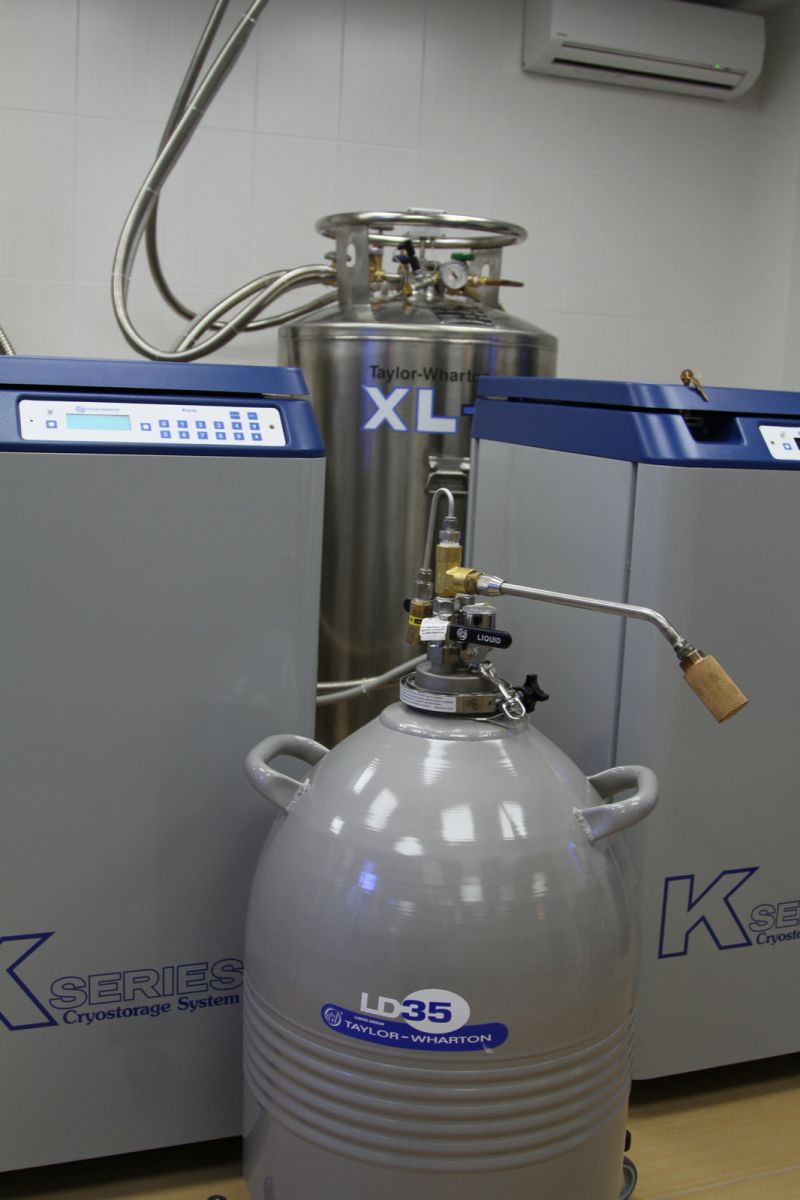
In addition to the research activities the cryobank has obtained all the necessary licenses to provide services to the inhabitants, including cryopreservation of the cord blood and sperm. “Whatisitfor?”, youmayaskme. For example, a young man takes treatment of some kind of cancer and he undergoes chemical or X-ray therapy. After such a treatment due to the contemporary achievements of oncology a man will be able to live and quite a long time; he will forget about cancer but unfortunately he won’t be able to give birth to a child as many therapies adversely influence the processes of sperm formation. The cryobank gives the young man the opportunity to donate his sperm for its further preservation before any therapy. And as soon as the treatment is finished and he desires to have healthy children he may contact the cryobank any time and having unfrozen his sperm use it as intended. There was a case in Saint Petersburg when a young man donated his sperm on the insistenceof his mother, but he was terminally ill and the medical science was powerless to help him. Hedied. Then his mother took his sperm from the cryobank and due to the surrogacy gave birth to her grandchild. Thisisanestablishedfact..
The second license entitles us to preserve the cord blood which contains the stem cells. Nowadays there are very few authorized technologies of the stem cells application, but the tendency is as follows: in England, in the USA and in Russia this field is quickly developing within the biomedical cellular technologies act, and within 5-10 years there will be a lot of such technologies. These are technologies of the skin regeneration, technologies of the spinal cord recovery after spine injuries, technologies of the brain recovery after stroke, technologies applied in case of disseminated sclerosisand heart attack. There are many technologies in Israel, and soon they will appear in Russia.Though it should be noted that if we do not preserve these stem cells contained in the cord blood then we can hardly rely on these technologies in case of any serious disease. Althoughtheremaybeexceptions. Onecaseisquiteremarkable. A couple in the USA had a baby-girl who was terminally ill with leukemia and she needed the stem cells to restore the cell composition but unfortunately nobody intended to preserve the stem cells in the process of childbirth. Whereshouldtheygetthem? Gobackinthetimemachine? Butitisimpossible. The mother and the father could not give the cells. Then the doctors advised them to bear one more child. Thus a baby-brother was born, and the doctors took his stem cells. Theyturnedouttobeidentical. Thus a little brother saved his sister – this is a well-known fact all over the world.
Today the cryobank is fitted with all the necessary equipment and has the required staff to perform cryopreservation in accordance with international standards. To employ this service one should enquire with the cryobank to draw up an agreement during the pregnancy period. The specialist offers consultations and issues the package of documents for the Cryopreservation Program participant which contains a disposable tool set. After a midwife in the maternity hospital delivers a baby she clamps the cord, cuts it and places it into a special container. Our specialist is in the reception ward just to take the container with the cord to the cryobank immediately after the childbirth. In the cryobank a number of procedures are carried out with video recording and the blood data sheet and other documents are drawn up. After this the container with the cord blood is placed into the liquid nitrogen gas and is stored in the cryobank for an endless period of time. Just like the indigenous peoples of the North and the southern Masai do: in the best interests and for the health's sake of their children and future generations… 